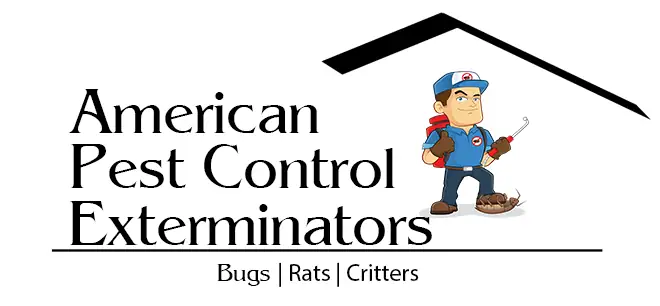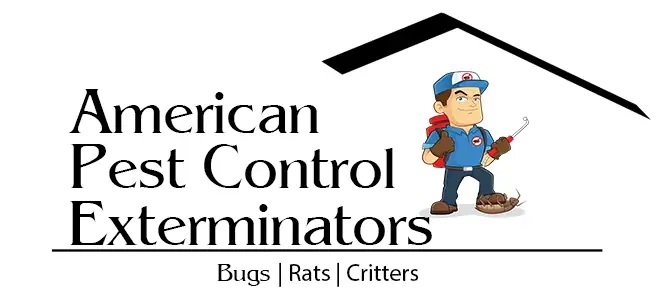
The Most Effective Chemical and Non-Chemical Bed Bug Control Methods
Bed bugs can be a nightmare for homeowners and landlords alike, as they spread quickly, wreak havoc on furniture and fixtures, cause allergic reactions, and generally make life miserable. While there are many chemical and non-chemical methods of controlling bed bug infestations, not all of them are effective. In this blog post we’ll take a closer look at the most effective chemical and non-chemical bed bug control methods so you can rid your home or apartment of these pesky pests once and for all. We’ll also discuss how to prevent future infestations as well as how to identify potential signs of an existing problem. Read on to learn more!
The Different Types of Bed Bugs
There are three common types of bed bugs: the Western, the Tropical, and the Caucasian. Each type of bed bug has its own unique set of characteristics, which can help you determine which type you have.
The Western bed bug is the most common type found in the United States. They are reddish-brown in color and their bodies are flat, making them easy to hide in cracks and crevices. Western bed bugs are typically 4-5 mm in size.
The Tropical bed bug is larger than the Western bed bug, measuring 5-7 mm in length. They are brown in color with a oval-shaped body. Tropical bed bugs are typically found in tropical climates, such as Florida, Hawaii, and Puerto Rico.
The Caucasian bed bug is the largest of the three types, measuring 7-10 mm in length. They are brown or tan in color with a round body shape. Caucasian bed bugs are typically found in Europe and Asia.
No matter which type of bed bug you have, it’s important to get rid of them quickly and effectively. The best way to do this is through the use of chemical or heat treatments from a professional pest control company.
Chemical Bed Bug Control Methods
There are a number of chemical bed bug control methods that can be used to get rid of these pests. One of the most common and effective methods is using insecticide sprays. This method works by killing the bugs on contact and can be used to treat both infested areas and items.
Another popular chemical control method is using foggers or bombs. These products release a gas or smoke that will kill bed bugs on contact. They are typically used in larger infestations and can be an effective way to quickly get rid of the bugs.
One downside of using chemical control methods is that they can be harmful to humans and pets if not used properly. It is important to read all instructions carefully before using any products and to make sure that everyone in the home is aware of the treatment being done.
In some cases, chemicals may not be effective against bed bugs, especially if they have developed resistance to certain pesticides. If this is the case, it may be necessary to try other methods of control, such as heat treatment or freezing.
Non-Chemical Bed Bug Control Methods
There are a few effective non-chemical bed bug control methods that can be used to get rid of these pesky pests. One such method is vacuuming. This will remove the bed bugs from your home and prevent them from spreading. Another effective method is using a steam cleaner. This will kill the bed bugs on contact and is a great way to sanitize your home. Lastly, you can use a heat treatment. This will kill the bed bugs and their eggs on contact and is one of the most effective ways to get rid of them.
Pros and Cons of Chemical and Non-Chemical Bed Bug Control Methods
There are a few different types of bed bug control methods that you can use, each with its own set of pros and cons. Here’s a look at the most common ones:
Chemical control methods:
Pros: Chemical control methods are usually very effective at killing bed bugs. They’re also relatively easy to use and can be found at most hardware stores.
Cons: Chemical control methods can be poisonous if used incorrectly, and they may not be safe to use around children or pets. Some people also find the smell of chemicals unpleasant.
Non-chemical control methods:
Pros: Non-chemical control methods are usually safe to use around children and pets. They’re also often more environmentally friendly than chemical control methods.
Cons: Non-chemical control methods can sometimes be less effective than chemical control methods. They may also require more time and effort to implement correctly.
How to Choose the Right Bed Bug Control Method for You
There are a few things to consider when trying to decide which bed bug control method is right for you. The first is the severity of your infestation. If you only have a few bed bugs, you may be able to get rid of them with a home remedy or by using a vacuum cleaner. However, if you have a more serious infestation, you will need to use a stronger method, such as chemical pesticides or heat treatment.
The second thing to consider is your budget. Chemical pesticides can be expensive, so if you’re on a tight budget, you may want to try a less expensive method first. Heat treatment can also be costly, but it’s often the most effective way to get rid of bedbugs.
The third thing to consider is your own comfort level. If you’re not comfortable using chemicals in your home, there are other options available, such as freezing or steaming. These methods may take longer to work than chemicals, but they’re much safer for you and your family.
No matter which method you choose, make sure to follow the directions carefully and always consult with a pest control professional before starting any treatment.
Conclusion
Bed bugs are a serious problem, and controlling them requires the right combination of chemical and non-chemical methods. While chemical treatments can be effective, they should always be used with caution to avoid harming yourself or others. Non-chemical methods such as frequent vacuuming, washing bedding regularly in hot water, and sealing cracks around furniture pieces and baseboards can help reduce bed bug populations as well. With the right combination of both chemical and non-chemical control methods, you can successfully get rid of those pesky critters for good!

